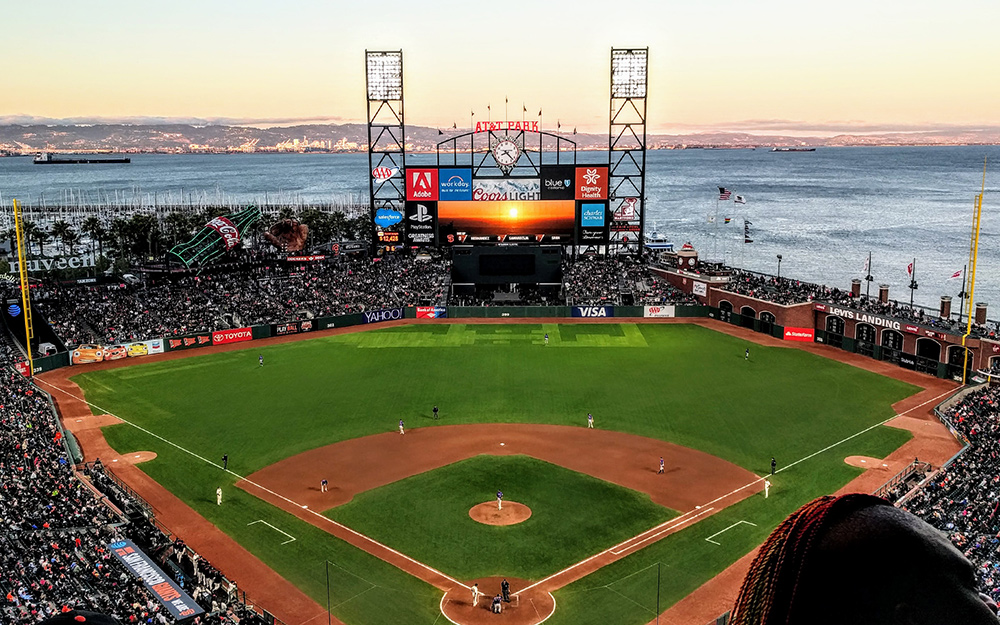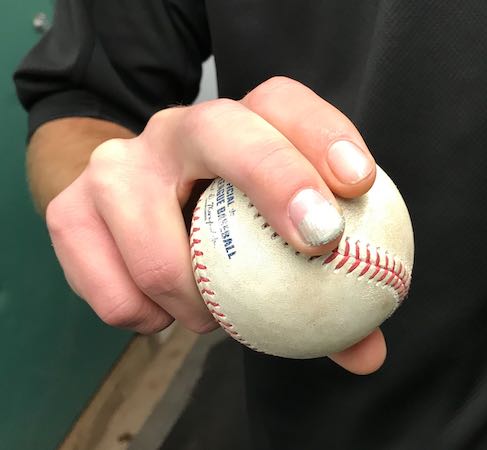RosterResource Free Agency Roundup: NL West
This is the last of a six-part series — the AL East, AL Central, AL West, NL East, and NL Central pieces have been published — in which I’m highlighting each team’s most notable free agents and how it could fill the resulting void on the roster. A player’s rank on our recently released Top 50 Free Agents list, along with Kiley McDaniel’s contract estimates from that exercise, are listed where relevant. In some cases, the team already has a capable replacement ready to step in. In others, it’s clear the team will either attempt to re-sign their player or look to the trade or free agent markets for help. The remaining cases are somewhere in between, with in-house candidates who might be the answer, but aren’t such obvious everyday players to keep the team from shopping around for better options.
Here’s a look at the National League West.
Arizona Diamondbacks | Depth Chart | Payroll
Wilmer Flores, INF
Flores could still fit on the Diamondbacks’ roster in 2020, but in what capacity depends on how the team plans on using Ketel Marte, who made 89 starts in center field and 45 starts at second base last season.
If Marte moves to the outfield full-time, Flores would have more value to the team as a semi-regular at second base while filling in occasionally at either corner infield spot. There are several other middle infield options, however, including Domingo Leyba, Josh Rojas, Ildemaro Vargas, and Andy Young, which could be why the team declined Flores’ $6 million club option despite his career-high 120 wRC+ in 285 plate appearances. Read the rest of this entry »


